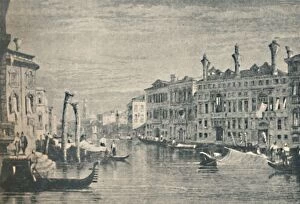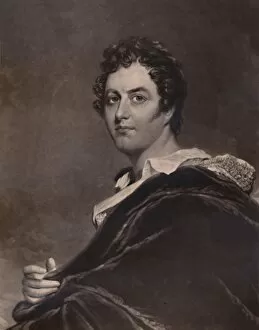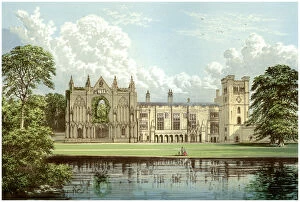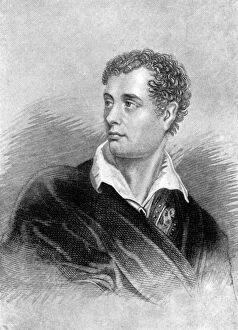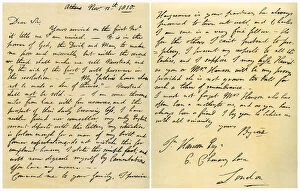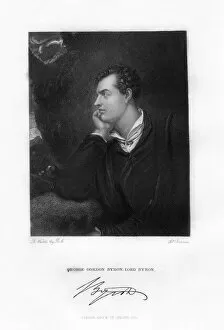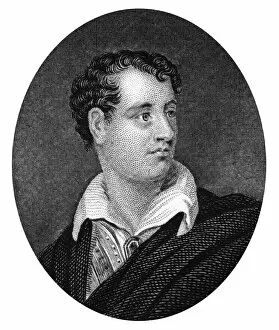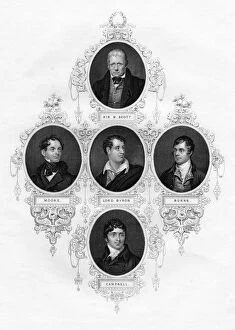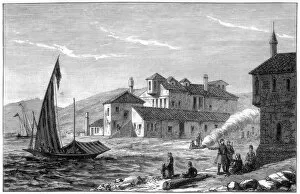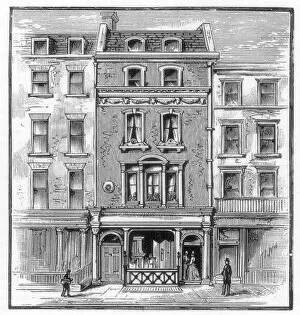Lord Byron Collection (page 6)
Lord Byron, the renowned poet and a prominent figure of the Romantic era, left an indelible mark on literature and history
All Professionally Made to Order for Quick Shipping
Lord Byron, the renowned poet and a prominent figure of the Romantic era, left an indelible mark on literature and history. Born George Gordon Byron in 1788, he resided at Newstead Abbey in Nottinghamshire. This grand estate, captured beautifully by Arthur Spooner's lens from various angles such as the Monks Wood and Eagle Pond, served as Lord Byron's sanctuary. Byron's life was filled with passion and controversy. His poetic prowess reflected his tumultuous existence, often exploring themes of love, nature, and personal struggles. One cannot forget his loyal companion Boatswain - a majestic Newfoundland dog who shared his journey from 1803 to 1808. In one captivating portrait engraved by an unknown artist, we witness Lord Byron's intense gaze that reveals both vulnerability and strength. Gaspar Netscher also immortalized him after his daily rides in Pisa and Genoa during the 1820s; a true gentleman of the Byron family. Amongst his notable works is "Manfred on the Jungfrau, " showcasing his ability to delve into deep emotions through poetry. Another intriguing piece is "Lucifer Abandons Cain to his Fate, " which captures moments from Byrons' epic poem "Cain. " Lord Byron's legacy extends far beyond words on paper; it encompasses a spirit that continues to inspire generations even today. His influence remains timeless as readers are captivated by his eloquence while exploring themes that resonate deeply within their own lives. As we reflect upon Lord Byron's life at Newstead Abbey in Nottinghamshire - where he found solace amidst its enchanting surroundings - we pay homage to this literary genius whose words continue to ignite our imaginations centuries later.







